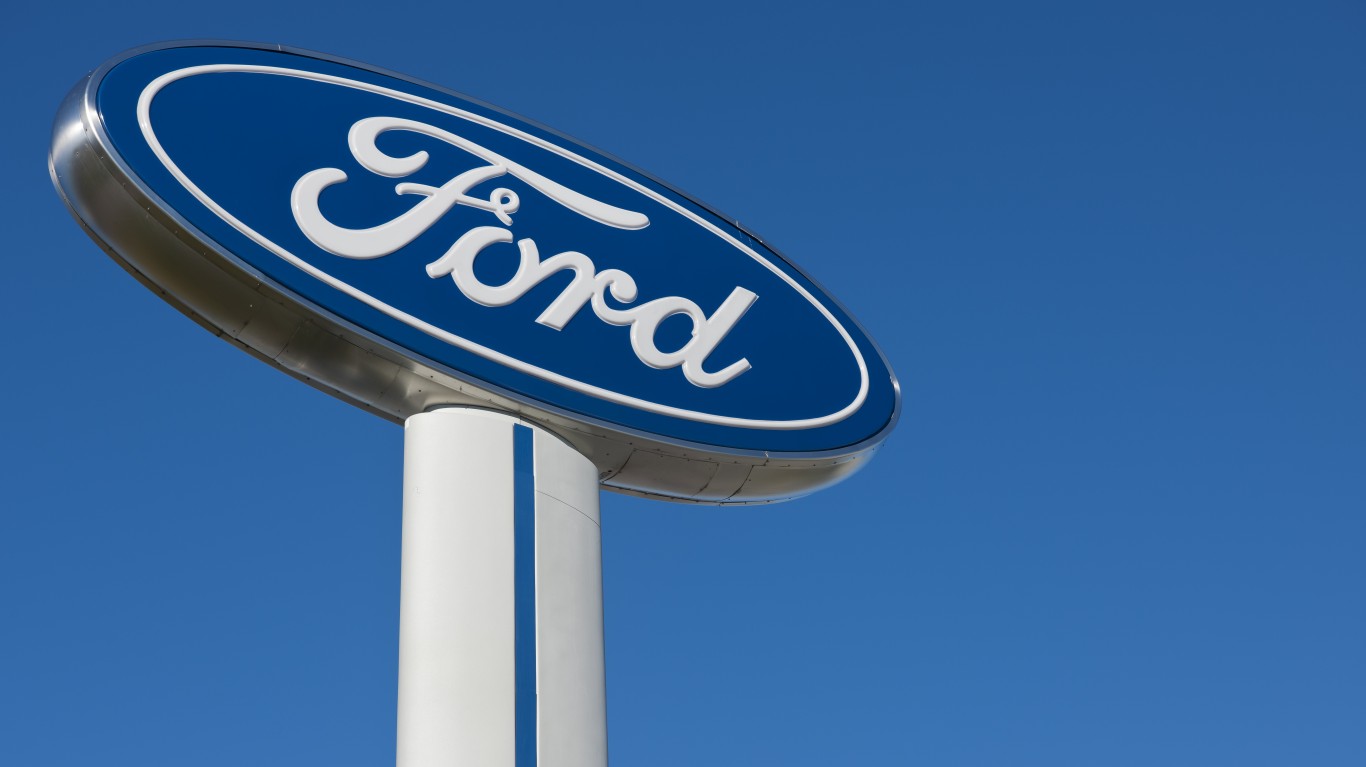
If you think that new cars and light trucks are getting more expensive, you’re right. The average transaction price for a new vehicle hit an all-time high of $34,077 in 2016, up 12.6% compared with the transaction price just five years ago.
And the increases are expected to continue in 2017. Auto industry researchers at Edmunds.com predict that the average new vehicle transaction price will reach $35,000 in 2017, a year-over-year increase of about 2.7%.
Sales of light trucks, including pickups and sport utility vehicles, now comprise 62% of the total market for new vehicles. These vehicles are generally more expensive than passenger cars, and demand remains strong, partly due to an increase in leasing.
According to Edmunds, leasing now accounts for 31% of the market for new vehicles, and 2017 is expected to see more growth in leasing. Combined with longer financing terms and low interest rates, car buyers are stretching their budgets to get behind the wheel of more expensive vehicles.
Auto analysts at WardsAuto expect General Motors Co. (NYSE: GM) to gain the most market share next year, due in large part to a freshened lineup including new versions of its Chevy Silverado and GM Sierra pickups.
Ford Motor Co. (NYSE: F) is “pretty much stuck in place,” according to WardsAuto. The company’s market share is unlikely to grow because its lineup does not have the new products that rival GM does. Ford recently lowered its 2017 earnings estimate for the company’s financing arm by $300 million due to declining auction values for used cars. The company had already cut its 2016 estimate for financing earnings by $600 million.
Toyota Motor Corp. (NYSE: TM) recently forecast global sales of 10.2 million vehicles for 2017, up from 10.09 million expected in 2016. The company expects growth in North America, China, Europe and Asia, where sales dipped 1% this year. A new compact SUV, the C-HR, recently released in Japan will make its way to other markets next year.
Overall, WardsAuto expects new U.S. car sales to be down slightly next year from about 17.4 million in 2016 to 17.2 million. Partly that’s due to relatively new cars (three years old or less) coming off lease and hitting used car lots. Edmunds noted that its data showed more consumers looking to buy affordable older vehicles, driving up prices and demand for used cars.
It’s Your Money, Your Future—Own It (sponsor)
Retirement can be daunting, but it doesn’t need to be.
Imagine having an expert in your corner to help you with your financial goals. Someone to help you determine if you’re ahead, behind, or right on track. With SmartAsset, that’s not just a dream—it’s reality. This free tool connects you with pre-screened financial advisors who work in your best interests. It’s quick, it’s easy, so take the leap today and start planning smarter!
Don’t waste another minute; get started right here and help your retirement dreams become a retirement reality.
Thank you for reading! Have some feedback for us?
Contact the 24/7 Wall St. editorial team.




